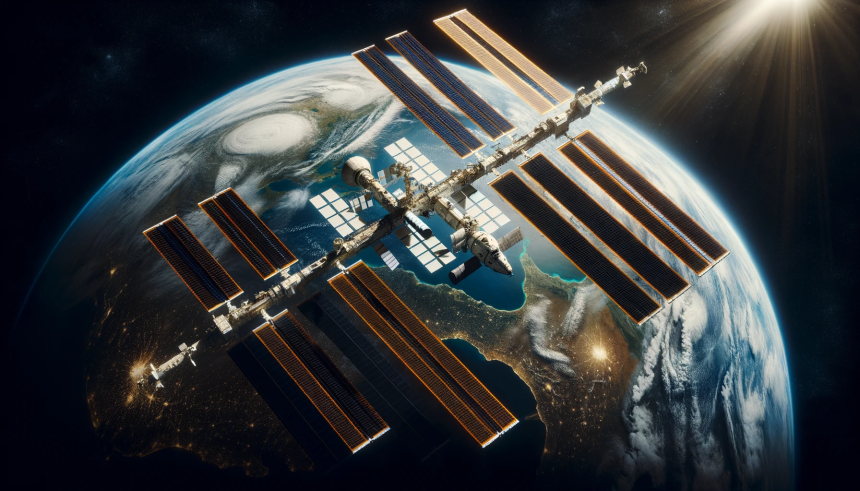NASA’s NEOWISE mission, initially launched as the Wide-field Infrared Survey Explorer (WISE) in 2009, has concluded after nearly fifteen years of operation. Originally intended to survey the universe in infrared wavelengths for just seven months, the mission exceeded expectations by discovering thousands of celestial objects, including minor planets and the first Earth-Trojan asteroid. Despite its success, increased solar activity has forced NASA to decommission the mission due to atmospheric expansion causing drag on the spacecraft.
In 2009, WISE was launched with a mission duration aimed at seven months, but it continued to operate beyond expectations. This contrasts with other infrared survey missions that had shorter operational periods due to technological limitations. The reactivation of WISE as NEOWISE in 2013 allowed it to focus on identifying Potentially Hazardous Asteroids (PHAs), a shift from its original mission but one that significantly contributed to planetary defense.
Mission Successes and Challenges
NEOWISE’s mission officially ended on August 8th, with the final command transmitted via NASA’s Jet Propulsion Laboratory (JPL) in Southern California. The uptick in solar activity, heating Earth’s upper atmosphere and causing drag, led to the decision to decommission the spacecraft. The mission had no propulsion system to counteract this drag, making it impossible to maintain its orbit and continue collecting accurate data. Nicola Fox, Associate Administrator of NASA’s Science Mission Directorate, noted the mission’s contributions:
“The NEOWISE mission has been an extraordinary success story as it helped us better understand our place in the universe by tracking asteroids and comets that could be hazardous for us on Earth. While we are sad to see this brave mission come to an end, we are excited for the future scientific discoveries it has opened by setting the foundation for the next generation planetary defense telescope.”
Legacy and Future Endeavors
Throughout its extended mission, NEOWISE conducted 1.45 million infrared measurements of over 44,000 solar system objects, generating invaluable data. This included the detection of 215 near-Earth objects (NEOs) and 25 new comets. This extensive dataset lays the groundwork for future missions, such as the Near-Earth Object Surveyor (NEO Surveyor) set to launch no earlier than 2027. Amy Mainzer, principal investigator of NEOWISE and NEO Surveyor, emphasized NEOWISE’s pivotal role:
“After developing new techniques to find and characterize near-Earth objects hidden in vast quantities of its infrared survey data, NEOWISE has become key in helping us develop and operate NASA’s next-generation infrared space telescope. It is a precursor mission. NEO Surveyor will seek out the most difficult-to-find asteroids and comets that could cause significant damage to Earth if we don’t find them first.”
NEOWISE’s decommissioning marks the end of an era in infrared space observation, yet it also celebrates the achievements made possible by the mission. The vast amount of data collected will continue to inspire new scientific discoveries, potentially leading to enhanced planetary defense mechanisms. The legacy of NEOWISE will live on through the scientific advancements it has enabled and set the stage for future missions to build upon its success.
As NASA transitions to newer missions, the data and methodologies developed during NEOWISE’s operation will be crucial. The upcoming NEO Surveyor aims to continue the work of identifying and tracking NEOs that could pose a threat to Earth, pushing the boundaries of space exploration and planetary defense. The success and challenges faced by NEOWISE provide invaluable lessons for the future of space observation and the continuous effort to safeguard our planet.
- NASA’s NEOWISE mission has officially ended after nearly fifteen years.
- The mission significantly contributed to tracking potentially hazardous asteroids.
- NEOWISE’s data will aid future missions like the NEO Surveyor launching in 2027.










